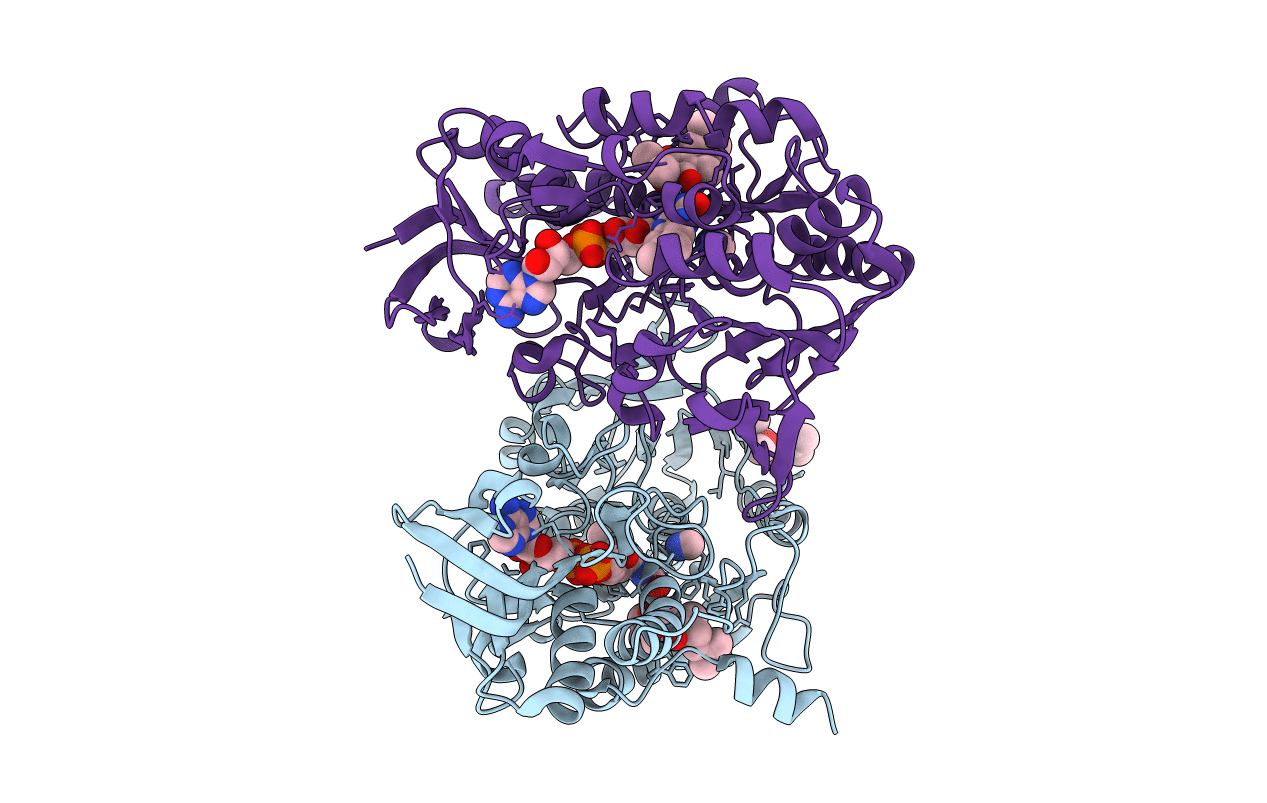
Deposition Date
2020-04-07
Release Date
2021-04-21
Last Version Date
2024-10-09
Entry Detail
PDB ID:
6WH6
Keywords:
Title:
Crystal structure of human sulfide quinone oxidoreductase in complex with coenzyme Q (cyanide soaked)
Biological Source:
Source Organism:
Homo sapiens (Taxon ID: 9606)
Host Organism:
Method Details:
Experimental Method:
Resolution:
2.25 Å
R-Value Free:
0.21
R-Value Work:
0.17
R-Value Observed:
0.17
Space Group:
P 21 21 21


